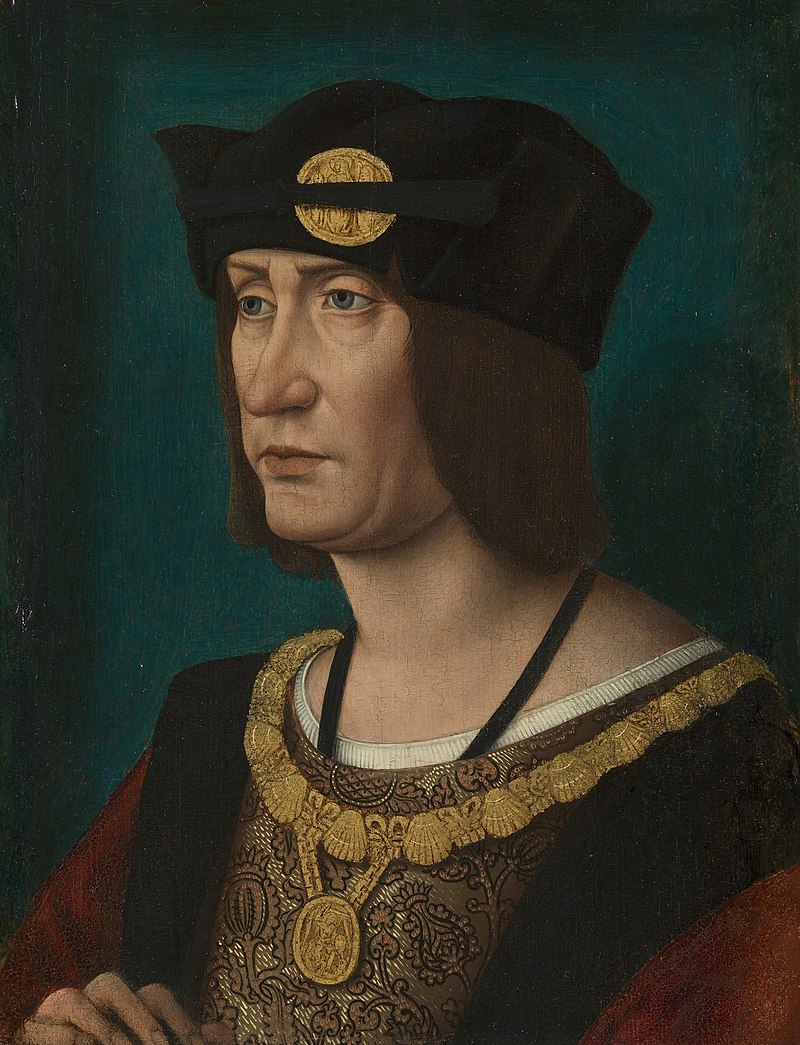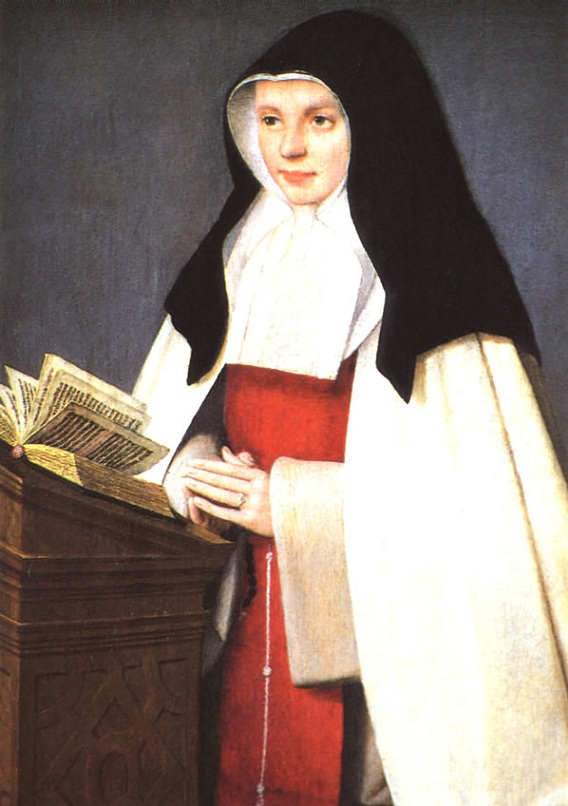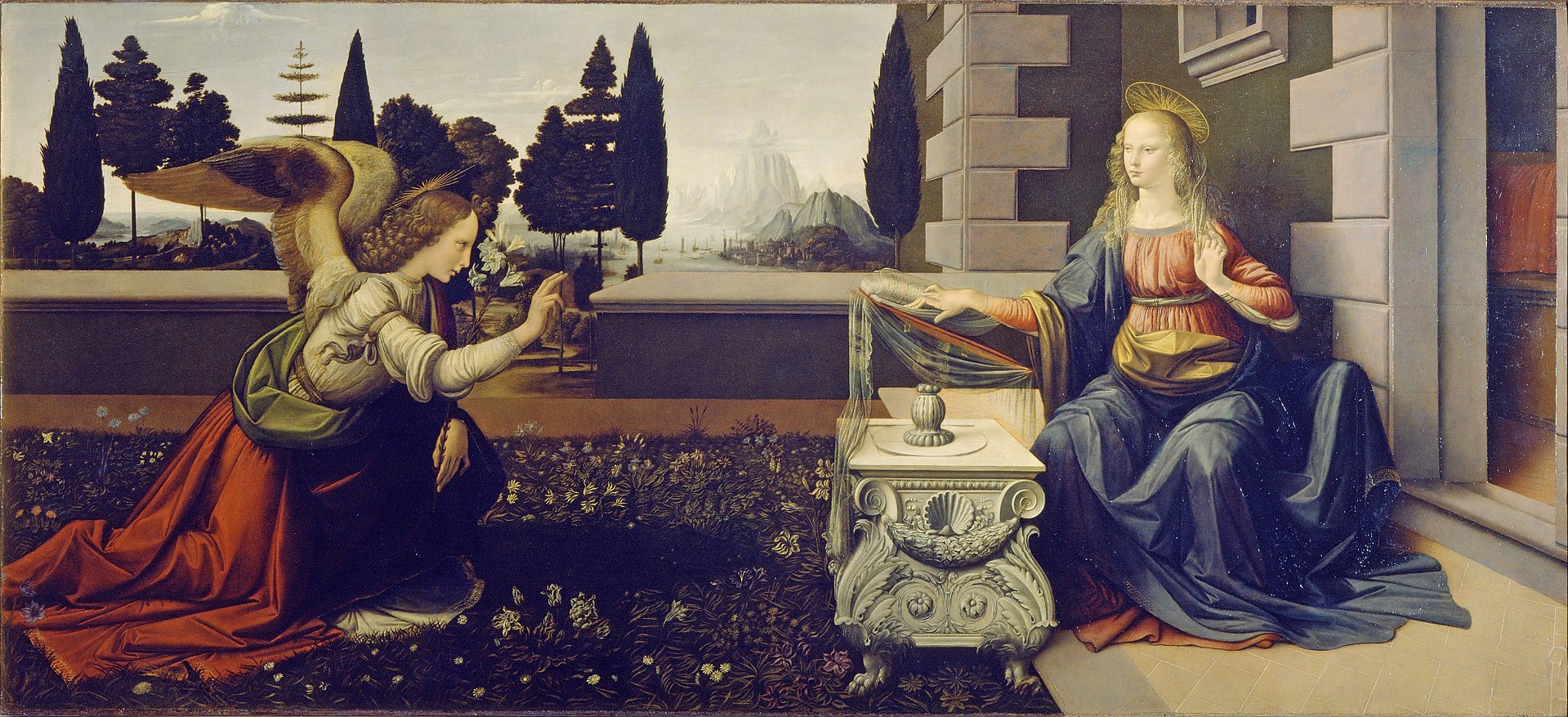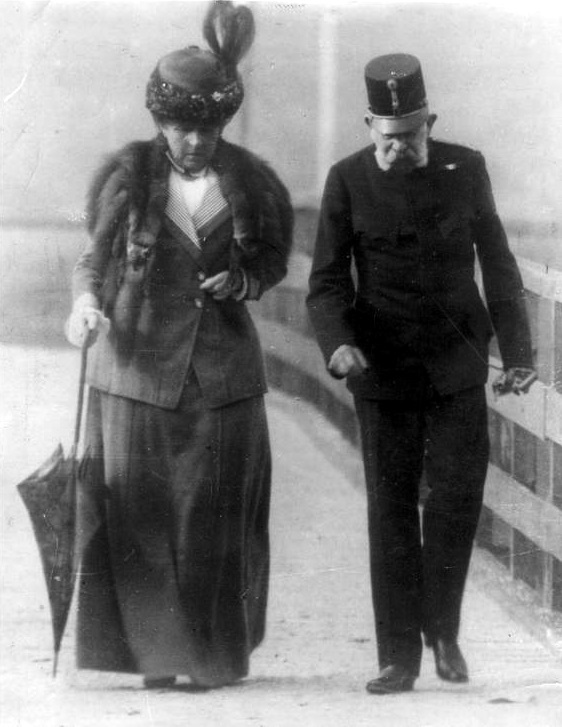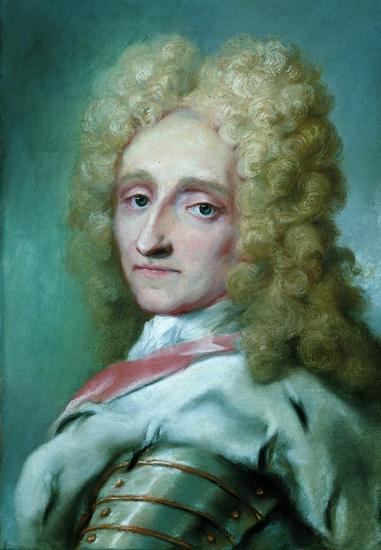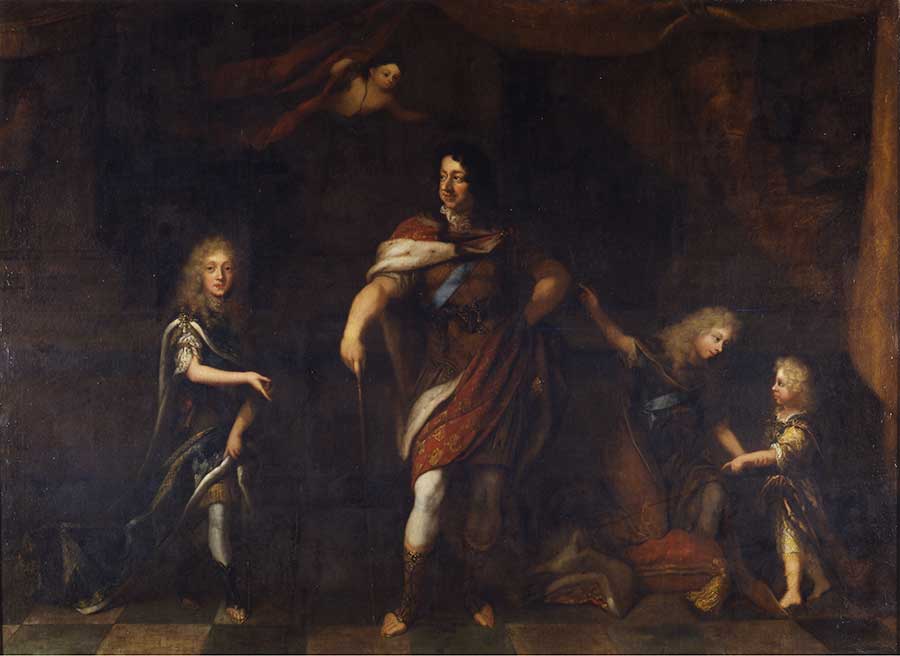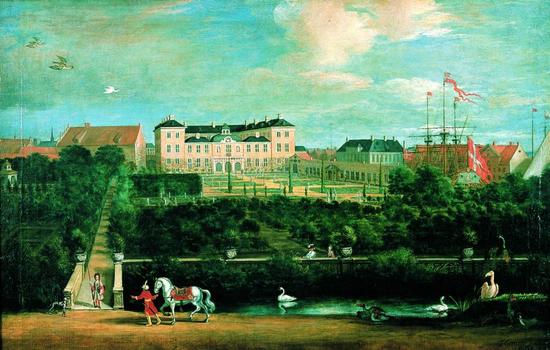by Susan Flantzer
© Unofficial Royalty 2020

Baroness Mary von Vetsera; Credit – Wikipedia
Baroness Mary von Vetsera was a mistress of Crown Prince Rudolf of Austria, the only son of Franz Joseph I, Emperor of Austria and Elisabeth of Bavaria. On January 30, 1889, Mary and Rudolf were found dead by suicide pact, at Rudolf’s hunting lodge Mayerling in the Vienna Woods, which this writer has visited.
Marie Alexandrine von Vetsera was born on March 19, 1871, in Vienna, Austria. Known by the English form of her name, Mary, she was the younger of the two daughters and the third of the four children of Albin von Vetsera, a diplomat in foreign service at the Austrian court, originally from Bratislava, Slovakia, and his wife Helene Baltazzi (link in German), daughter of a wealthy Greek banker. In 1870, Mary’s father was made a Baron (Freiherr in German) by Emperor Franz Joseph and his children were entitled to be styled Baron (Freiherr) and Baroness (Freiin, unmarried daughter)
Mary had three siblings:
- Baron Ladislaus von Vetsera (1865 – 1881), died at age 16 in the Ringtheater fire
- Baroness Johanna von Vetsera (1868 – 1901), married Graf (Count) Hendrik von Bylandt-Rheyd, had two children
- Baron Franz Albin von Vetsera (1872 – 1915), married Gräfin (Countess) Margit Mária von Bissingen und Nippenburg, had three children

Countess Marie Larisch von Moennich (right) with Baroness Mary von Vetsera; Credit – Wikipedia
Mary’s mother Helene made the acquaintance of Countess Marie Larisch von Moennich, niece and confidante of Empress Elisabeth of Austria. It was through Marie that Helene gained access to the Imperial Court. Countess Marie eventually became Mary’s good friend. Helene even suggested to Crown Prince Rudolf that they should have an affair. Rudolf politely declined. Helene hoped her daughter Mary would finally enable the Vetseras to break into the high aristocracy.
In 1881, Rudolf married Princess Stéphanie of Belgium, daughter of King Leopold II of the Belgians and Archduchess Marie-Henriette of Austria. The marriage was happy at first, but shortly after the birth of their daughter in 1883, the relationship between Stéphanie and Rudolf began to deteriorate. Rudolf likely infected Stéphanie with a sexually transmitted disease, causing her to become infertile and unable to provide a male heir for the Austrian throne. Both Stéphanie and Rudolf began affairs with other people in the following years and intermittently spoke of divorce.
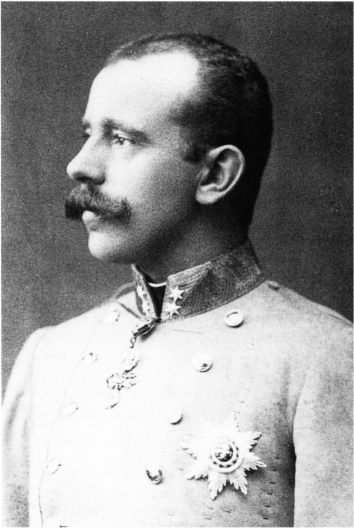
Crown Prince Rudolf of Austria; Credit – Wikipedia
The affair of Crown Prince Rudolf and Mary was short-lived. On October 14, 1888, Emperor Franz Joseph, Crown Prince Rudolf, and The Prince of Wales, the future King Edward VII of the United Kingdom, attended the gala opening of the new Burgtheater in Vienna. The Prince of Wales noticed Mary von Vetsera in the audience and pointed her out to Rudolf. A meeting between Rudolf and Mary was later arranged by Countess Marie Larisch, Empress Elisabeth’s niece and Rudolf’s cousin, who had become Mary’s friend. On November 5, 1888, Countess Marie brought Mary to Rudolf’s rooms at the Hofburg Palace in Vienna and formally introduced them.
Soon many people at the court, including Rudolf’s parents, Emperor Franz Joseph and Empress Elisabeth, and Rudolf’s wife Stéphanie, knew that Rudolf and Mary were having an affair. Rudolf was summoned for a meeting with his father on January 26, 1889. There is no record of the conversation between father and son but court officials reported hearing shouting. It is certainly possible that Rudolf’s affair was a topic of discussion.

Mayerling, Crown Prince Rudolf’s hunting lodge; Credit – Wikipedia
On January 30, 1889, at Mayerling, a hunting lodge in the Vienna Woods that Rudolf had purchased, 30-year-old Rudolf shot 17-year-old Mary and then shot himself in an apparent suicide pact. Rudolf wrote in his farewell letter to his wife Stéphanie: Dear Stéphanie! You are free from my presence and plague; be happy in your way. Be good for the poor little one, who is the only thing left of me.
When the bodies were found, the Austrian security services sealed off the hunting lodge and the surrounding area. An official statement was released saying that Rudolf had died “due to a rupture of an aneurysm of the heart”. It was determined that Mary’s wounds were made by a gunshot at close range. The lethal bullet had penetrated Mary’s upper left skull area and emerged behind the right ear. Mary was right-handed so there were considerable doubts that she fired the gun herself. Eventually, another statement was released stating that Rudolf had first shot Mary in a suicide pact and then sat by her body for several hours before shooting himself. The police closed their investigations quite quickly, in response to Emperor Franz Joseph’s wishes.
Embed from Getty Images
Citizens of Vienna are shocked to read of the death of Crown Prince Rudolf, 31st January 1889
Mary’s body was quietly taken out of Mayerling in the middle of the night and secretly buried in the village cemetery at nearby Heiligenkreuz. Her mother had a crypt built there and Mary’s remains were put into a splendid copper coffin and reinterred on May 16, 1889. In April 1945, near the end of World War II, Mary’s grave was looted by Soviet soldiers. Initially, the damage was repaired only superficially. On July 7, 1959, Mary’s remains were transferred to a new tin coffin and placed on top of the original copper coffin.
Mary’s grave was desecrated once again. Furniture dealer Helmut Flatzelsteiner, who was obsessed with the Mayerling story, stole Mary’s remains with the help of two assistants on July 8, 1991. Flatzelsteiner arranged for a forensic examination at his own expense. He told the forensic examiners that the remains were those of a relative killed one hundred years earlier who may have been shot in the head or stabbed. When Flatzelsteiner approached a journalist to sell both the story and Mary’s remains, the police became involved. Flatzelsteiner confessed and surrendered Mary’s remains which were subjected to further forensic examination.
The forensic examination determined that the remains were those of an approximately 18-year-old woman who had been buried approximately 115 years earlier. The skull had two bullet holes, the bullet’s entry and the bullet’s exit. Gunshot residue was on the hair. The clothing corresponded to Mary’s era and came from the Viennese stores where the Vetsera family shopped. On October 28, 1993, the remains were buried in a new coffin and the burial site was reinforced to prevent another desecration of the grave.

Baroness Mary Vetsera’s current grave in Heilingenkreuz, Austria. Her remains were desecrated twice and were finally reburied here in 1993; Credit – Von Peterpol48 – Eigenes Werk, CC BY-SA 4.0, https://commons.wikimedia.org/w/index.php?curid=35429380
After Rudolf’s death, Emperor Franz Joseph converted the Mayerling hunting lodge into a monastery for the nuns of the Discalced Carmelite Order, an order in which members dedicate themselves to a life of prayer. Prayers are still said daily by the nuns for the repose of Rudolf’s soul. Visitors to the monastery may visit the chapel where the position of the main cross is where Rudolf and Mary’s bed was located. This writer has visited both Mayerling and the Imperial Crypt in Vienna where Rudolf and many other Habsburgs are buried.

Mayerling, now a monastery; Photo Credit – Susan Flantzer

The altar in the chapel at Mayerling is on the location of Rudolf’s bedroom; Photo Credit – Susan Flantzer
In 2007, Mary’s original copper coffin was found by accident in the Heiligenkreuz Abbey. It was restored and has been on view in the small museum at the Mayerling monastery.

Mary’s original coffin; Photo Credit – Susan Flantzer

Inscription on Mary’s original coffin; Photo Credit – Susan Flantzer
Various Habsburgs have disputed the accepted version of events that occurred on the night of January 30, 1889. In 2013, Archduke Rudolf, the grandson of Karl I, the last Emperor of Austria, asserted that Crown Prince Rudolf was assassinated by the Freemasons. However, on July 31, 2015, the Austrian National Library released copies of Baroness Mary von Vetsera’s letters of farewell to her mother and other family members. These letters, previously believed to be lost or destroyed, were found in a safe deposit box in an Austrian bank, where they had been deposited in 1926. The letters state clearly that Mary was preparing to die by suicide alongside Rudolf, out of “love”. Mary’s letter to her mother translated into English: Dear Mother, Forgive me for what I did. I could not resist love. In accordance with him, I want to be buried beside him in the cemetery of Alland. I am happier in death than in life. Your Mary

Mary Vetsera’s farewell letter to her mother; Credit – Wikipedia
This article is the intellectual property of Unofficial Royalty and is NOT TO BE COPIED, EDITED, OR POSTED IN ANY FORM ON ANOTHER WEBSITE under any circumstances. It is permissible to use a link that directs to Unofficial Royalty.
Works Cited
- De.wikipedia.org. 2020. Mary Vetsera. [online] Available at: <https://de.wikipedia.org/wiki/Mary_Vetsera> [Accessed 4 April 2020].
- DER SPIEGEL, G., 1980. „Bratfisch Hat Wundervoll Gepfiffen“-DER SPIEGEL 16/1980. [online] Spiegel.de. Available at: <https://www.spiegel.de/spiegel/print/d-14326746.html> [Accessed 4 April 2020].
- En.wikipedia.org. 2020. Baroness Mary Vetsera. [online] Available at: <https://en.wikipedia.org/wiki/Baroness_Mary_Vetsera> [Accessed 4 April 2020].
- En.wikipedia.org. 2020. Mayerling Incident. [online] Available at: <https://en.wikipedia.org/wiki/Mayerling_Incident> [Accessed 4 April 2020].
- Flantzer, S., 2019. Crown Prince Rudolf Of Austria. [online] Unofficial Royalty. Available at: <https://www.unofficialroyalty.com/crown-prince-rudolf-of-austria/> [Accessed 4 April 2020].
- Van Der Kiste, John, 2005. Emperor Francis Joseph; Life, Death And The Fall Of The Habsburg Empire. Thrupp: Sutton Publishing Limited.







